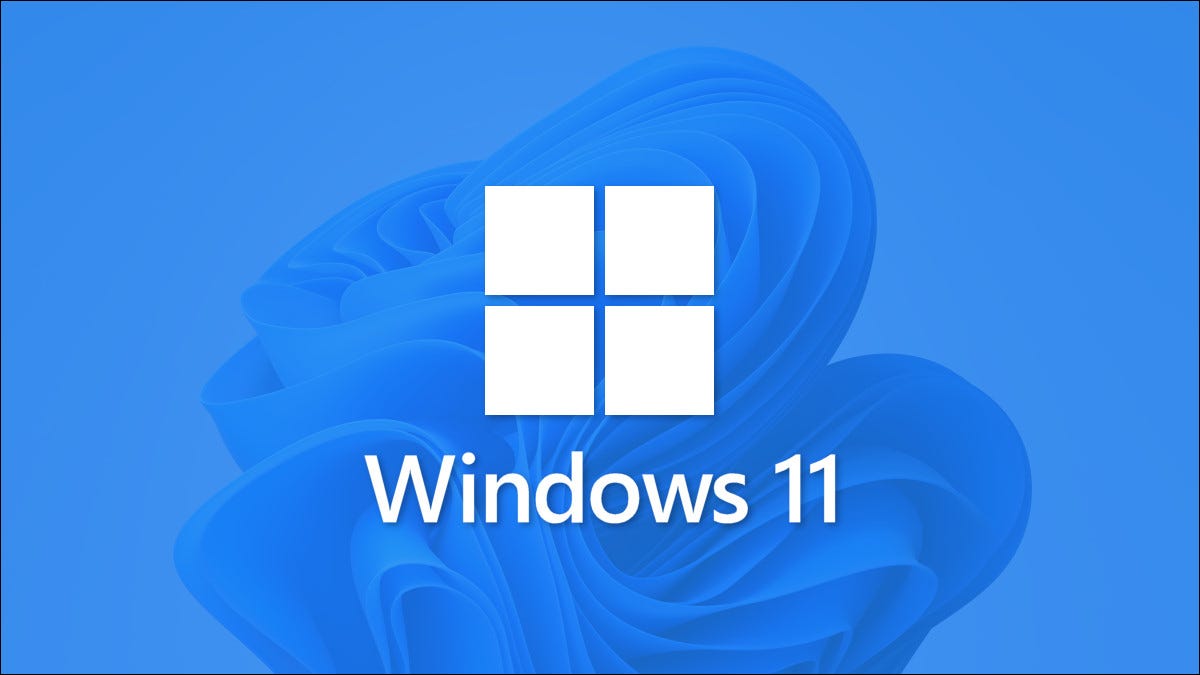
Microsoft had obscured the ‘Refresh’ button in the recent Windows 11 Preview Build. However, the company has reintroduced the same in the place that Windows OS users are intimately familiar with.
The Refresh button has been one of the go-to elements in the Windows operating system for a very long time. For reasons yet unknown, Microsoft made it difficult to access the same, only to restore it to its rightful place in the Context Menu.
Microsoft first removes, then changes location, and finally restores Refresh button in Context Menu:
Windows 11 is significantly different, at least aesthetically than Windows 10. Perhaps to widen the gap further, Microsoft “tweaked” the right-click Context Menu. And while doing so, messed with the Refresh button that almost all Windows OS users are very familiar with.
Windows OS users have frequently turned to the Refresh button, especially when using an underpowered computer. Hitting the key offered a rough indicator of the responsiveness of the PC.
Where is the Refresh button in Windows 11 on Right-click, here is how to find that.
Follow me for the latest Tech updates.#TechTipoftheDay #tipoftheday #TechTips #Howto #Windows11 #Windows11Tips #Technology pic.twitter.com/qUZvknGF5e— Asmat Ullah (@UrTechGuyAsmat) July 9, 2021
Hence, it was quite surprising when Microsoft suddenly changed the Refresh Button’s location. Previously, the button was visible immediately upon right-clicking anywhere on the desktop.
Although Microsoft did not completely remove the option to “refresh” Windows 11, it moved the button under the ‘Show more options’ option in the right-click context menu in Windows 11 File Explorer.
As soon as Windows Insider program participants noticed the change, several tried various tricks to restore the Refresh Button to its original location. However, there was no way to do so.
Finally, the refresh button is back!!
Thax @windowsdev @Windows @Microsoftpic.twitter.com/BlKgpPIhSr
— Ricky I. Yohanis (@Ryohanis) July 10, 2021
Strangely, Windows 11 Home OS build 22000.51 has the Refresh button right on the context menu itself. For reasons still unknown, Microsoft did not move the button in this particular edition but chose to do so in Windows 11 Pro Edition.
It appears after brief experimentation, Microsoft has moved the Refresh Button back to its original location in all iterations of Windows 11. Build 22000.65 of the OS enables the “Refresh” option in the main modern context menu.
Do Windows OS users really need to hit the Refresh button?
Hitting Refresh in Windows OS helps to manually update items on the desktop. It also allows users to refresh elements of the OS but does little else to help improve performance.
Several reports also claim that hitting Refresh gets rid of bugs, prevents the computer from lagging. Needless to mention, hitting the Refresh button has more to do with cosmetics than troubleshooting.
Second Windows 11 Insider Preview Brings Back Refresh Button, Adds Search in Start Menu |
@beebomco pic.twitter.com/wFkxbd7nib
— geek Beik (@geekBeik) July 9, 2021
According to a Microsoft agent, “Windows refresh does nothing to the Windows system or RAM. It is meant to refresh your Windows desktop. It has been programmed to auto-refresh when Windows desktop contents change.”
How To Switch Back To Windows 10 refresh button In Windows 11? Classic Refresh Button On Windows 11 https://t.co/xKuuIBG6Sa https://t.co/i1zNmMfn7s
— Tech Review (@fnfsms) July 9, 2021
Hitting the Refresh button on Windows desktop does a quickly cycle through of the on-screen icons, and nothing else. However, the speed at which the icons refresh is a good indicator of the computer’s responsiveness.
Oftentimes, there is a significant delay after hitting the refresh button. This can be a good indicator of some application or process dragging down the performance of the computer. Hence, PC users can quickly look at Task Manager to investigate and take necessary action.



